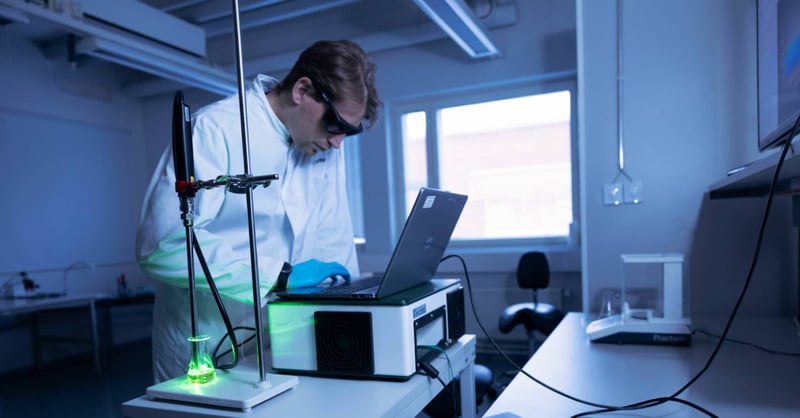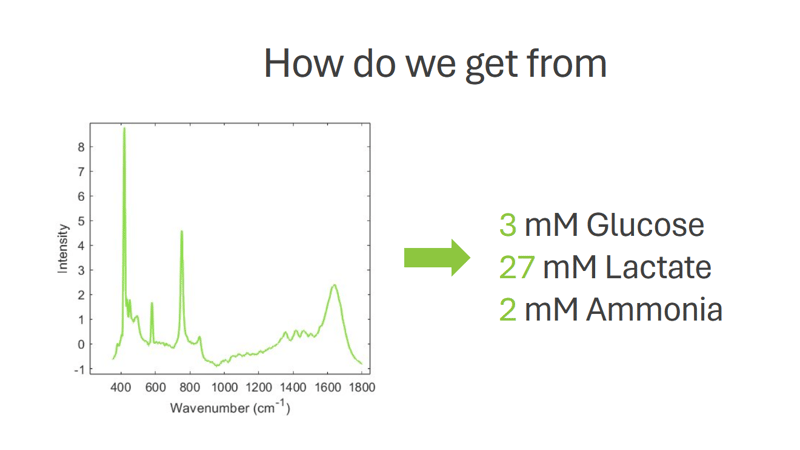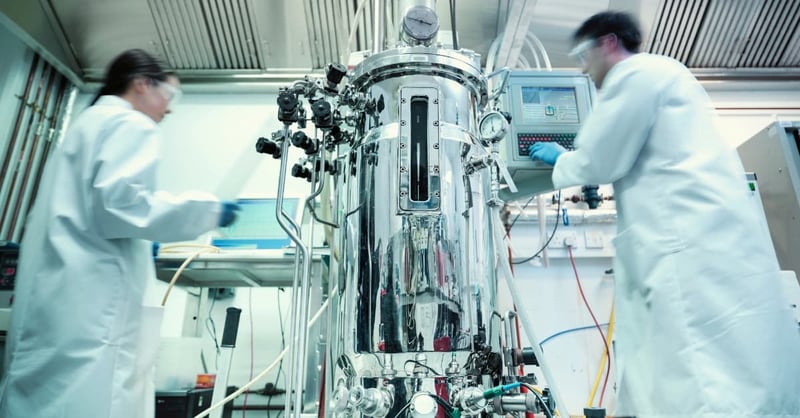FAQ: What are the benefits of Timegated® Raman spectroscopy compared with XRF/LIBS techniques?
FAQ series: This series of publications explores some of the most frequently asked questions regarding Timegated® spectrometers and measurements without having you read page after page of text.
XRF, LIBS and Raman techniques are all surface analytical techniques which often require minimal sample preparation. Both XRF (X-Ray fluorescence) and LIBS (laser-induced breakdown spectroscopy) provide elemental composition information without providing information on the position or connections of said elements. These techniques might for example identify that a mineral sample is probably CaCO3, but they cannot tell whether the sample is aragonite or calcite which both have a CaCO3 elemental compositions but different crystal lattice structures. Raman spectroscopy on the other hand provides vibrational information on the structure and mineralogy of the sample and it can distinguish between calcite and aragonite (spectra shown below).
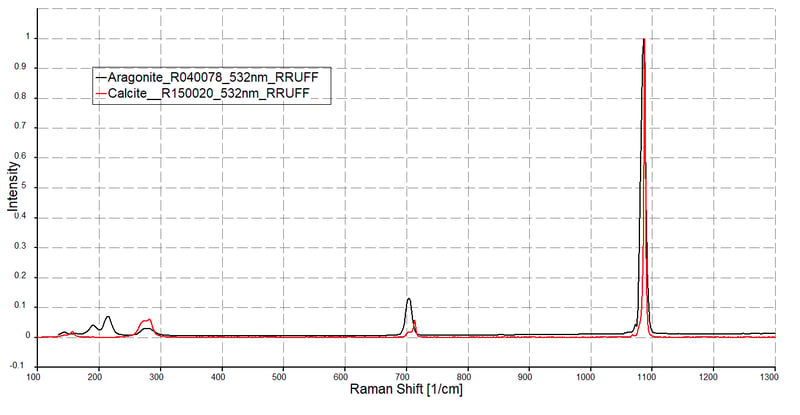
Reference aragonite and calcite spectra [1]. Although aragonite and calcite have identical elemental compositions, they have different crystal lattices and because of this they can be distinguished using Raman spectroscopy.
The LIBS technique is usually locally destructive unlike Raman or XRF which leave the sample unaltered when used correctly. This can be an important benefit for the latter techniques when only a small amount of sample is available, or when the sample is very valuable. The locally destructive nature can still have some functionality in a limited set of applications where the removal of surface layers enables some depth profiling capability.
Another noteworthy difference is the radiation that the techniques use as LIBS and Raman both rely on laser-sample interaction while XRF uses X-rays. The use of X-rays in XRF techniques necessitate proper shielding and largely explain the difficulties in measuring light elements and the inability for measurements at a distance. As LIBS and Raman techniques may use high power lasers, proper eye-safety precautions are still of the upmost importance.
In some cases, these measurement techniques do provide complimentary information. Especially LIBS and time-gated Raman spectroscopies have some similarities (e.g. the use of pulsed lasers and the possibility to measure samples from a distance) and they have been used and are planned to be used together in different applications e.g. during exploration of Mars [2].
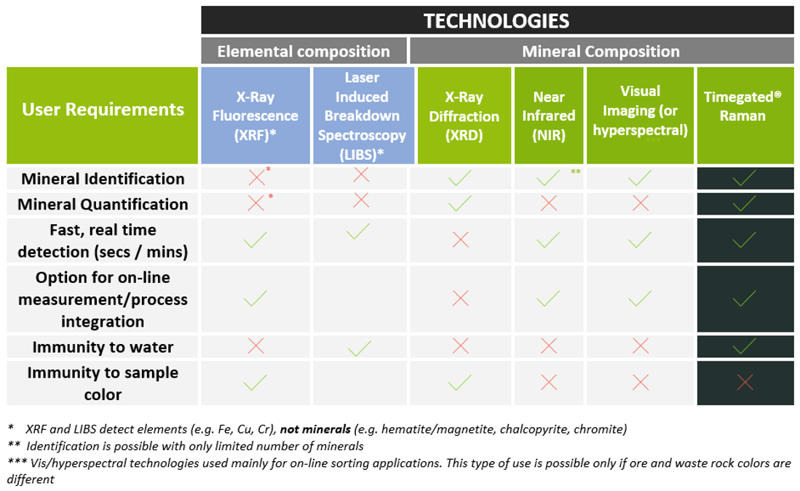
[1] Reference spectra downloaded from RRUFF.info Raman spectra database
[2] Pulsed laser-induced heating of mineral phases: Implications for laser-induced breakdown spectroscopy combined with Raman spectroscopy; A. Fau, O. Beyssac, M. Gauthier, P.Y. Meslin, A. Cousin, K. Benzerara, S. Bernard, J.C. Boulliard, O. Gasnault, O. Forni, R.C. Wiens, M. Morand, P. Rosier, Y. Garino, S. Pont, S. Maurice; 2019, Spectrochim. Acta B, vol. 160, pp. 105687
Author
 This blog was written by Timegate Instruments’ Senior Application Specialist Bryan Heilala. Bryan is a young and energetic chemist with a degree in M.Sc. (chemistry) and experience and background in analytical chemistry. Read more about him and the whole Timegate team.
This blog was written by Timegate Instruments’ Senior Application Specialist Bryan Heilala. Bryan is a young and energetic chemist with a degree in M.Sc. (chemistry) and experience and background in analytical chemistry. Read more about him and the whole Timegate team.

